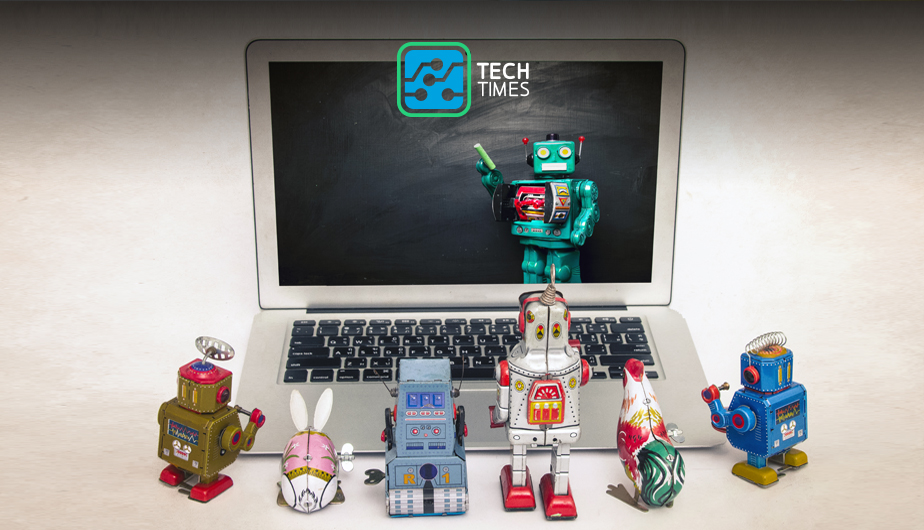
Artificial intelligence technology is no longer some far-off fantasy or futuristic concept. Today, AI and machine learning are beginning to permeate our everyday lives, sometimes in ways we may not even realize. As visionary Elon Musk pointed out: “Most people don’t understand just how quickly machine intelligence is advancing, it’s much faster than almost anyone realized.” And while some experts caution about the potentially harmful impact AI might pose, there are plenty of positive ways this disruptive technology is impacting our lives. Let’s take a look at a few such examples.
Email Spam Filters
Who’s got the time to sift through hundreds of junk messages that flood our inboxes on a daily basis? Thanks to machine learning algorithms, we no longer have to. Gmail, for example, is leveraging advanced algorithms to filter out 99.9% of spam as it comes in, saving users time and aggravation. Furthermore, Google’s Priority Inbox function also uses machine learning to filter and flag the most important messages.
Web Searches
When you look something up using a search engine, AI and machine learning are working in the background to deliver much more accurate, specific and timely results. This goes much further than traditional keyword searches. Today’s advanced search engines are capable of using artificial intelligence and natural language processing and to better understand user queries based on past search patterns.
Online Shopping
If you’ve ever browsed products online, moved on without purchasing and been presented with ads for those same products on multiple other sites you visit, you’ve encountered AI. This is a marketing strategy known as retargeting, which relies on machine learning to automatically produce customized ads that are much more likely to convert. Furthermore, Amazon uses transactional AI onsite to present product recommendations, improving the buying experience and boosting profits in the process.
Customer Support
Need an answer to a quick question about a product you’re interested in? Run into a problem with an item that you’ve already purchased? Most websites today feature the option of receiving support from an AI-powered chatbot. The bots are available 24/7, are capable of responding to a surprising number of queries and can effectively “learn” and improve on their own, based on patterns. Those issues that cannot be handled by a chatbot can then be handed off to a live support agent.
Digital Virtual Assistants
Digital assistants, like Siri, Alexa and Google Home, are slowly but surely becoming a household staple. These electronic virtual assistants use machine learning and AI technology to find information on the web and respond to users’ spoken queries. They can provide up-to-the-minute weather forecasts, assist with gathering and organizing data, perform tasks and workflows with other connected devices and more. And, you guessed it – they “learn” as they go, improving and increasing functionality.
GPS and Ride Sharing Apps
These days, it seems every device is equipped with GPS navigation functionality. Using machine learning algorithms, these systems are able to anticipate things like traffic situations and estimated time of arrival. For ride-sharing services, like Uber and Lyft, artificial intelligence is used to gather and analyze data in real-time to update the driver as to which routes are best and how much to charge based on distance traveled.
As you can see, AI and machine learning technologies are already infiltrating our lives in a variety of innocuous ways. How do you feel about artificial intelligence and its role in our lives? Are you excited or concerned? Let’s hear it!